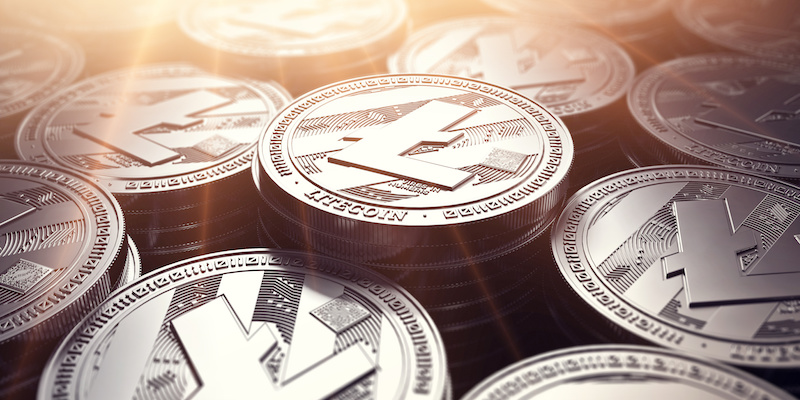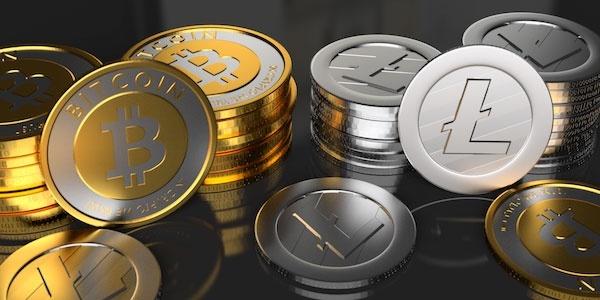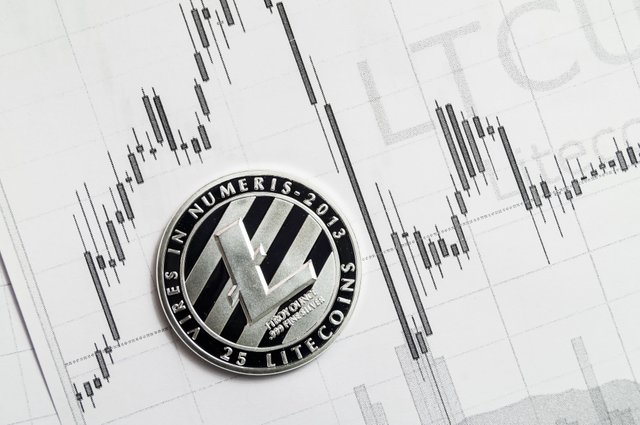Litecoin or LTC is a Bitcoin-inspired Internet money alternative. It was released on October 13, 2011 by ex-Google employee, Charlie Lee under the MIT/X11 license. It has recently gained mainstream attention as part of the investing frenzy that cryptocurrency has seen. While Bitcoin remains the most valued cryptocurrency in the market at the moment, Litecoin’s growth isn’t something anyone serious about money can ignore. According to a CNBC report, LTC has shown a near 5800 per cent growth, earning it a place in The Big Five (aside from Bitcoin) alongside Etherum, Ripple, IOTA and Dash.
On January 1, 2017, Litecoin was trading at a measly $4.36 (₹280). However, as of this today, Litecoin is being traded at about $355 (approx ₹22,700). It has been estimated that the total market capitalisation of cryptocurrency stands at $500 billion. Of which, Litecoin’s market cap is somewhere around $16.5 billion. The altcoin (alternative coin) is fast emerging as a favourite among investors who want to latch on to it in the early stages of its predicted bull run. But before you decide to either put your money on it or try to show off any expertise in the matter at the water cooler at work, here’s everything you need to know about Litecoin.
What is Litecoin?
Litecoin is a decentralized, peer-to-peer cryptocurrency. It can be used to make instant transfers across the globe at a minimal cost levied on the transaction – a cost that’s much lower than that levied by banks or payment wallets because unlike traditional money, Litecoin has no central authority monitoring these payments. Since Litcoin is an open source software project based on the blockchain module, the blockchain – a public ledger of sorts – records every transaction. This ensures that there is no cheating or theft of currency. Furthermore, Litecoin claims to be protected against inflation since there are only 84 million Litecoin that can ever be mined. Of these, roughly 54 million are thought to already be in circulation. Moreover, as Litecoin’s creator explained, it was created for purpose of making trade and transactions faster for merchants and buyers. So it is much quicker to both transfer and to mine. Where it takes Bitcoin 10 minutes to generate a block, Litecoin can do so in two-and-a-half minutes.
You can buy Litecoin from either a coin exchange dealing in altcoins or you can directly purchase it from a buyer who is willing to sell – with or without the deal being facilitated by said exchange. But before you embark on your quest of getting rich with cryptocurrency, you’re going to need to find a safe place to store it. Therefore, when attempting to buy Litecoin, the first step is to set up a secure Litecoin wallet. In order to do this, you can visit litecoin.org, the official website set up by the Litecoin Foundation – a not-for-profit organisation set up by the creator of Litecoin, which says its aim is to ‘advance Litecoin for the good of society by developing and promoting state-of-the-art blockchain technologies’. When you visit Litecoin.com, you will find a number of resources to help you buy the currency thanks to the listing of exchanges the site provides you with. These exchanges, however, will not be exclusive to Litecoin since it’s acceptance is not as high as other coins (yet).
Another new way of buying Litecoin that’s emerging is Litecoin ATMS. This essentially means that you can now go to ATM-like outlets where you input cash into the ATM machine and an equivalent amount of Litecoin gets deposited into your virtual wallet. This service initially started for Bitcoin but has now expanded to accommodate consumers who wish to purchase altcoins as well. However, you won’t be able to use a Litecoin ATM in India since they are only available in the State and the United Kingdom.
How do you mine Litecoin?
The process of mining Litecoin is almost the same as that of mining Bitcoin. Investopedia defines mining as ‘the process by which transactions are verified and added to the public ledger, known as the blockchain, and also the means through which new Bitcoin are released.’ Litecoin, too, can be released through mining. The way to carry it out is by putting together recent transactions made using the cryptocurrency into a ‘block’. The transactions in each block need to be verified by the miner/s who are attempting to open the block. The key to opening it is to solve a complex mathematical puzzle. If you have the correct mining software, it run the code and will open the ‘locked’ block for you, thus releasing Litecoin. Every unlocked block releases 25 coins and every four years, the number of coins released per block halves.
Though 64.73 per cent of Litecoin units are already in circulation, the upside is that mining Litecoin is said to be easier than mining Bitcoin because while Bitcoin is based on the SHA-256 algorithm, Litecoin uses the comparatively new Scrypt. SHA-256 is more complex, requires higher level of hardware. Since Lee intended for Litecoin to be practically used by people everyday, he ensured to design an algorithm to be easier to run. Thus making Litecoin easier to grab for the common folk.
What is the value of Litecoin?
At the time of publishing, Litecoin.com pegged the value of the cryptocurrency at ₹23,180. Though that may not seem much, compared to the going rate for Bitcoin being a little over ₹12 lakh right now, it is important to note that as recently as 2013, Forbes recorded the value of Litecoin as being 7 cents – so, just four years ago, a single Litecoin was worth ₹4.5. If you had invested ₹450 in Litecoin back then, you’d have had ₹23.18 lakh today.
For more posts kindly follow @kryptokiri
Please Up-vote and re-steem.
.jpg)



Copying/Pasting full texts without adding anything original is frowned upon by the community.
Some tips to share content and add value:
Repeated copy/paste posts could be considered spam. Spam is discouraged by the community, and may result in action from the cheetah bot.
If you are actually the original author, please do reply to let us know!
Thank You!
More Info: Abuse Guide - 2017.
Downvoting a post can decrease pending rewards and make it less visible. Common reasons:
Submit
I apologize for the post. I thought providing information source would help. I wont repeat the same in future. I usually use my original content. Thank you for the advice.
Downvoting a post can decrease pending rewards and make it less visible. Common reasons:
Submit
Hi! I am a robot. I just upvoted you! I found similar content that readers might be interested in:
https://www.gqindia.com/content/forget-bitcoin-litecoin-price-digital-currency-india-today/
Downvoting a post can decrease pending rewards and make it less visible. Common reasons:
Submit
Congratulations @kryptokiri! You have received a personal award!
Click on the badge to view your Board of Honor.
Downvoting a post can decrease pending rewards and make it less visible. Common reasons:
Submit
Congratulations @kryptokiri! You received a personal award!
You can view your badges on your Steem Board and compare to others on the Steem Ranking
Vote for @Steemitboard as a witness to get one more award and increased upvotes!
Downvoting a post can decrease pending rewards and make it less visible. Common reasons:
Submit